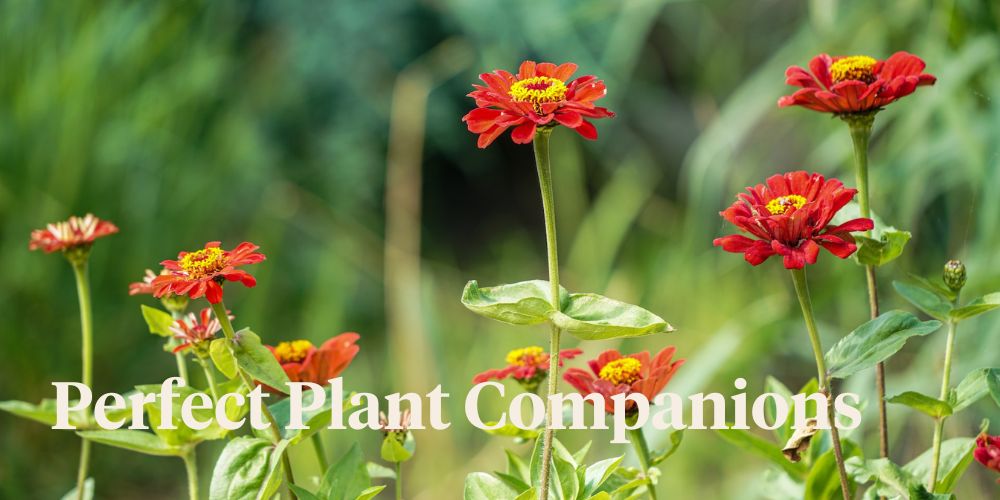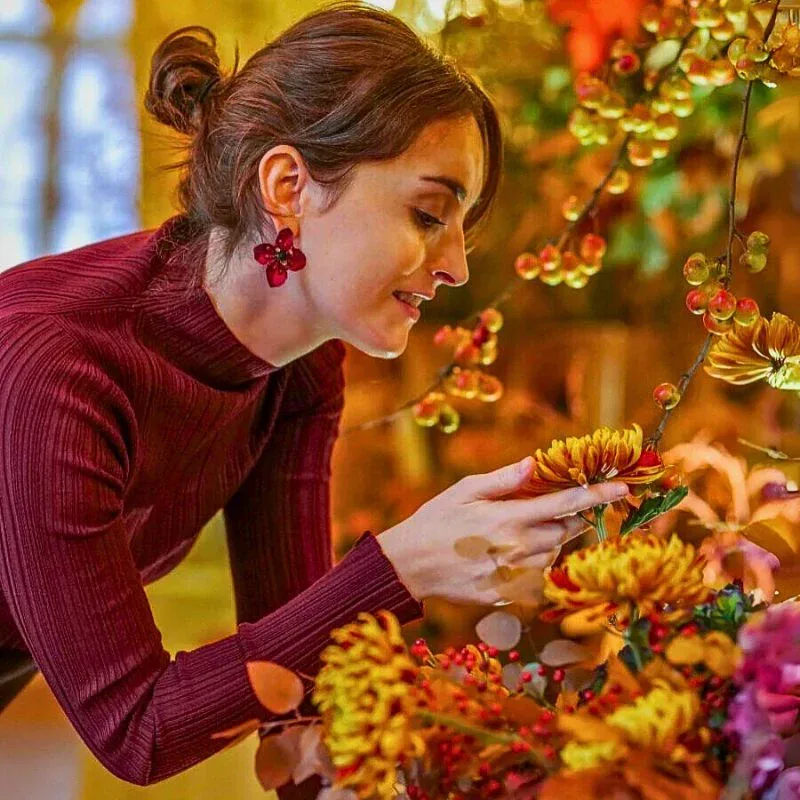One secret to getting a healthier garden is using the practice of companion planting. It’s a method of placing compatible plant species close to each other to get the benefits of enhancing their growth. Since zinnias are one of the easiest flowers to grow in your yard, they’re often used as companion plants.
But to get the most out of this technique, you’ll also have to know which plants grow best with zinnias. That’s why we’ve come up with a quick list of herbs, vegetables, and flowers that you can plant next to zinnias below.
Is zinnia a Good Companion Plant?
Zinnias are annual flowers that do best in well-draining slightly acidic soil that’s under full sun. But you have to avoid transplanting them once they’re stable because they don’t like their roots getting disturbed. Although they’re suitable to grow in all USDA zones, you still need to remember to keep them dry because they are prone to blight and powdery mildew.
In suitable conditions, zinnias can give off a lot of blooms that are available in a variety of colors including pink, red, purple, yellow, and white. But their colors shouldn't be the only reason why you should have them in your garden since they’re also effective in attracting beneficial insects such as bees and butterflies. Their height can also provide shade to smaller plants without completely blocking off sunlight. But their benefits can also vary depending on the plant you put next to them. So let’s take a look at a few of their best plant combinations below.
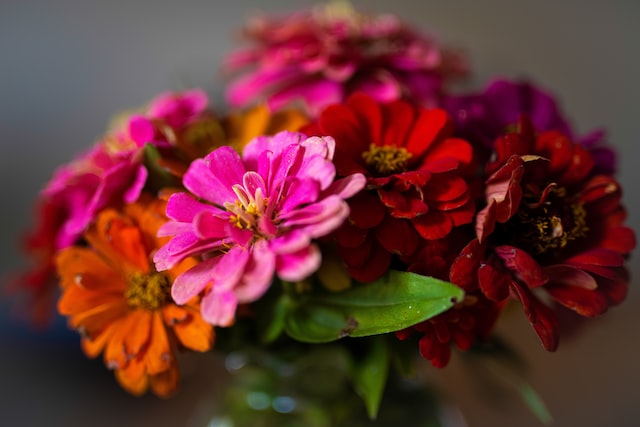
What does zinnia grow well with?
If you’ve tried your hand at using companion planting on zinnias but don’t notice the benefits, you might have placed them next to foliage that isn’t compatible with them. To help your zinnias flourish, here are a few companion plants that you can consider according to Rob Frankson from Wild Yards:
Tomatoes
If there’s one vegetable you need to grow in your garden, you should consider planting tomatoes. They’re easy to grow and are available in several varieties. But to get a large yield of fruit, their flowers will need to attract pollinators to get their production started. That’s why it’s beneficial to plant them next to zinnias since bees and hummingbirds are naturally attracted to their nectar.
Zinnias can also help bring in parasitoid wasps to get rid of tomato worms – which are one of the most damaging pests in your garden.
Basil
If you’re going to plant tomatoes and zinnias next together, you might as well keep your basil nearby. The pungent odor of its leaves keeps pests away and minimizes their population in your garden. The fragrance of the basil flowers will also work with the colorful blooms of zinnias to attract predatory insects like hoverflies and parasitoid wasps to keep surrounding plants safe from infestation. They also share similar growing requirements so you won’t have to give each plant any special care.
Plus, it’s also proven that growing basil near tomatoes will improve their flavor so you can guarantee to get delicious meals every time you add them in.
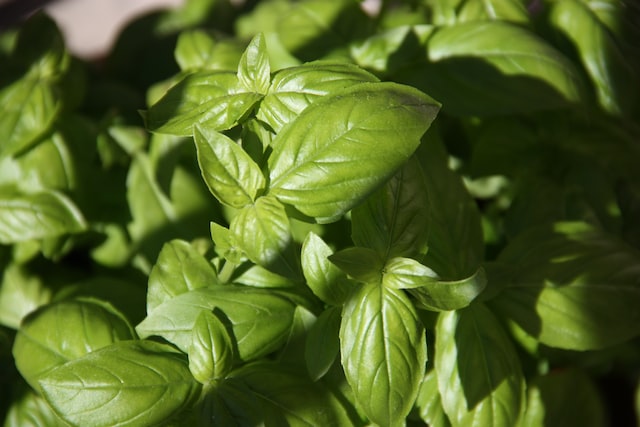
Melons
Watermelons and cantaloupes are refreshing fruits to have on hot summer days. If you want to get a bountiful harvest when summer comes around, planting zinnias beside them will do great wonders for their growth.
Similar to other plants, the colorful blooms of zinnias will attract a number of pollinators in the area, as well as prevent nasty insects, such as thrips and aphids, from damaging the melons. Since zinnias and melons also have similar growing requirements, taking care of them won’t be a hassle as long as you place them in a sunny area and keep their soil moist.
Dahlias
If you want to have a show-stopper in your garden, you might want to think about planting zinnias and dahlias next to each other. They’re both available in several vivid colors that will definitely catch your eye. Butterflies and bees will also be attracted to their vibrant blooms, which will be beneficial for pollination in your garden. Predatory insects, like the praying mantis, will also be more likely to visit your yard and help control the population of harmful pests in the area.
Since both flowers require similar growing conditions, they can easily share one pot or flower bed for growing.
Marigolds
Zinnias and marigolds are the perfect plant companions because they belong to the family Asteraceae. Because of that, they have the same growing requirements and don’t compete for nutrients when placed in the same flower bed. Aside from attracting more pollinators into your garden, marigolds are also natural pest repellants. Since they can give off a strong odor that drives aphids, mites, flies, and beetles away from your yard.
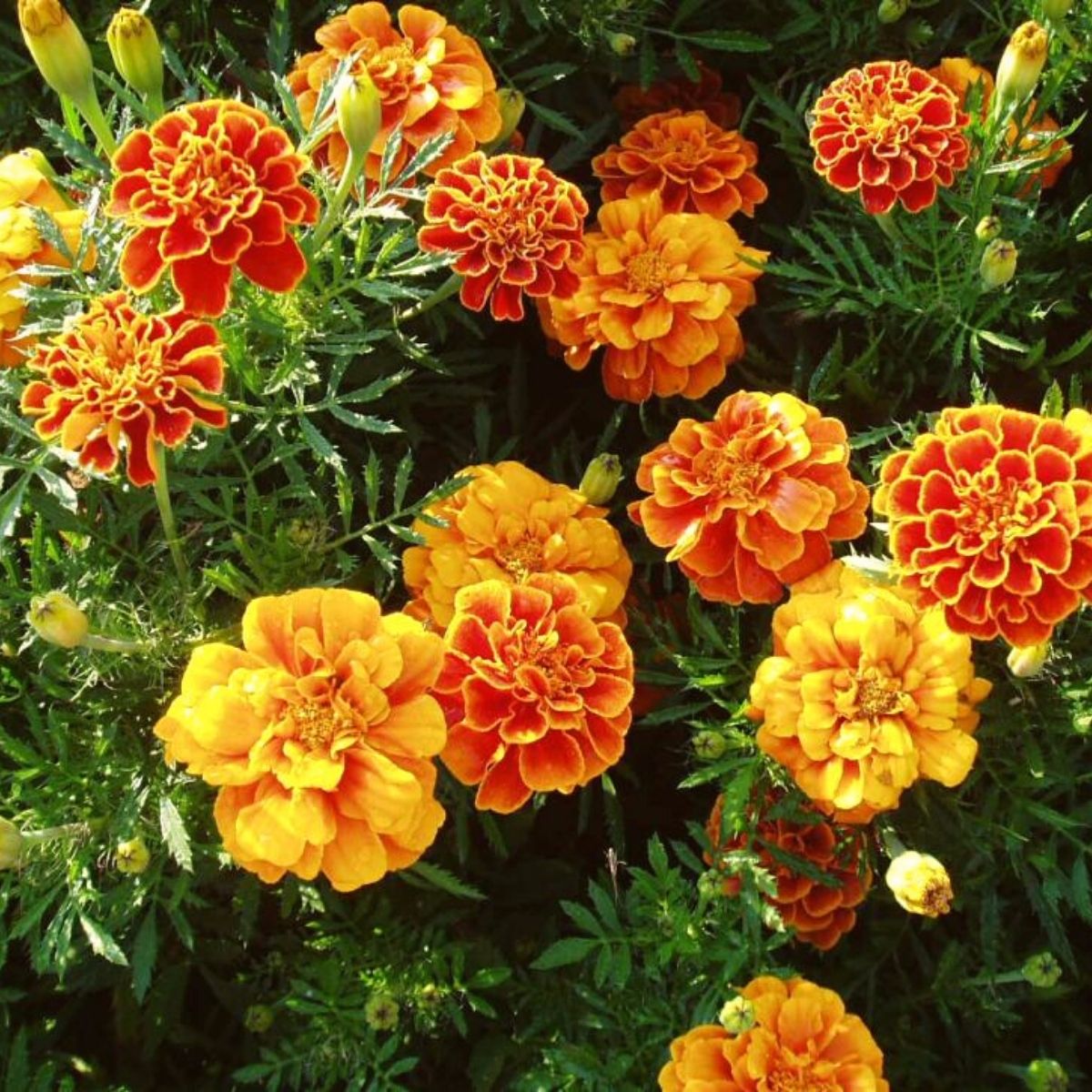
Although most insects are not fond of its smell, you still need to keep an eye out for slugs since they’re the most common pests that feed on marigolds.
Header picture credit: Unsplash

